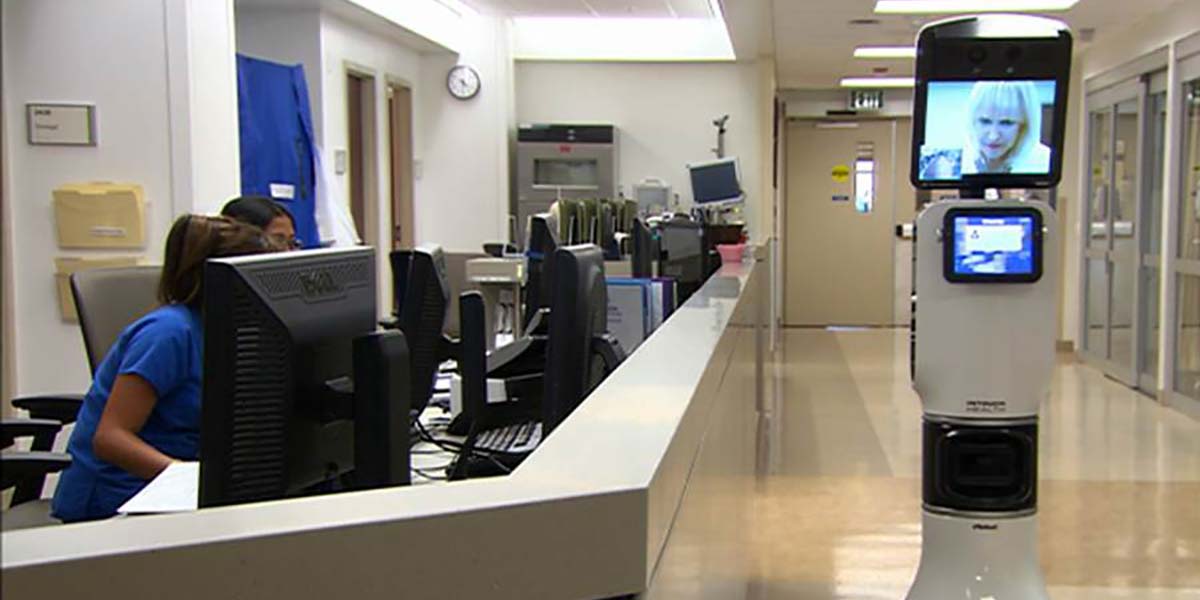
COVID-19: Opportunities for D3 Robotics
By Bryan Bergeron View In Digital Edition
The coronavirus outbreak near a biosafety level 4 laboratory in Hubei Province, China, not only created a global medical emergency, but it disrupted the flow of information, food, and hi-tech products worldwide.
The virus spread to neighboring Japan and South Korea — two countries with advanced robotics. And yet, quarantine and treatment methods used there seem to be limited to traditional methods (quarantine, curfew, school, and business closure) with limited use of technology.
When I saw images of Korean workers manually spraying a gym with disinfectant, I immediately pictured robots, patterned after those used for fire control.
Regardless of how well Asia contains and controls the virus with mainly traditional methods, it’s clear that there is a role for robotics in virtually every dull, dirty, and dangerous aspect of handling this or subsequent outbreaks.
Here are just a few that come to mind:
Delivery of Supplies – Drone delivery of medicines and other critical supplies to elderly who can’t walk or otherwise access a store or drugstore.
Remote Sensing – Drones or other platforms for automated identification of people with possible infection. I’m no fan of big brother looking over my shoulder, but when one person can spread the virus by breaking quarantine, I can see the value of remote sensing.
Telemedicine – Remote patient care with the physician monitoring health parameters remotely is not new. It is, however, underutilized because most people prefer to spend time with an actual physician.
That preference is moot, however, when there is no other pragmatic solution.
Automated Disinfectant Application – Gyms, schools, and other densely populated buildings could be disinfected with rolling and/or flying robots, with no risk to operators.
Airborne Virus Detection – Pathogen-specific chips have been used for years to monitor the air for airborne pathogens. Assuming prompt manufacture of COVID-19-specific chips, drones could be outfitted with detectors to identify dangerous zones that people should avoid.
People Transport – Automated, driverless cars remove the potential exposure of the driver to viruses. LYFT, UBER, Tesla, and others committed to the semi-autonomous electric car could capitalize on the desire of people to avoid large, densely populated groups.
People Tracking – Individual and group movements can be captured for analysis or to support quarantine. (Another big brother issue that has obvious implications for a successful quarantine.)
China has apparently used cell phone tracking to support quarantine, but I’d just leave my cell phone at home if I intended to venture out.
Better to have eyes-on, image-recognition-based verification through a drone or other robotics platform.
Just as the tragedy of 9-11 was a boon for teleconferencing, the coronavirus may prove to be a much-needed stimulus for robotics.
What potential uses can you identify for robotics, given invasion by the COVID-19 or other virus? SV
Article Comments